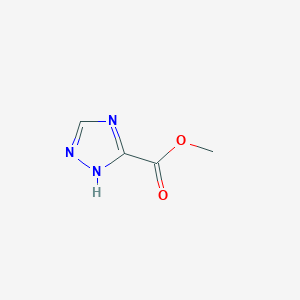-
Categories
-
Pharmaceutical Intermediates
-
Active Pharmaceutical Ingredients
-
Food Additives
- Industrial Coatings
- Agrochemicals
- Dyes and Pigments
- Surfactant
- Flavors and Fragrances
- Chemical Reagents
- Catalyst and Auxiliary
- Natural Products
- Inorganic Chemistry
-
Organic Chemistry
-
Biochemical Engineering
- Analytical Chemistry
- Cosmetic Ingredient
-
Pharmaceutical Intermediates
Promotion
ECHEMI Mall
Wholesale
Weekly Price
Exhibition
News
-
Trade Service
Today, the U.
The draft mentioned some safety risks of gene therapy at present, and also made some regulatory suggestions, such as the need for long-term follow-up of at least 15 years
Why publish this draft?
Why publish this draft?The draft mentioned that in the past 10 years, the pharmaceutical industry has continuously applied human genome editing technology, and a number of gene therapies have been approved
What therapies does this draft address?
What therapies does this draft address?The draft defines human genome editing as the process of adding, deleting, modifying, or replacing DNA sequences at specific locations in the genome of human somatic cells
The draft defines human genome editing as the process of adding, deleting, modifying, or replacing DNA sequences at specific locations in the genome of human somatic cells
Genome editing technology may have multiple elements for editing the genome
What aspects should be paid attention to in product development?
What aspects should be paid attention to in product development?In general, the development of genome editing products requires attention to three main areas: the method of modifying the DNA sequence, the genome modifications needed to make the therapy work, and the way to deliver the genome editing elements
The development of genome-editing products requires attention to three main areas: the method of modifying the DNA sequence, the genome modifications needed to make the therapy work, and the way of delivering the genome-editing elements
The draft also discusses in detail the genome modifications needed to make the therapy effective—many genome editing methods rely on the cell’s intrinsic DNA repair mechanisms, such as homology-directed repair (HDR) and non-homologous end joining (NHEJ)
For the delivery of genome editing elements, the draft calls for evaluating the strengths and limitations of different approaches
The duration of existence of these elements needs to be minimized and used only for the required editing
Clinical Research Considerations
For clinical research, the draft first points out that it is necessary to select an appropriate research population to ensure the greatest benefit and the least risk
First-in-human trials of these products should include only those patient populations with no other treatment options
Because gene editing can have unintended consequences in the long run
Several years ago, the FDA stated that by 2025, it expected to approve 10-20 cell and gene therapies per year
Original link: https://
https://






